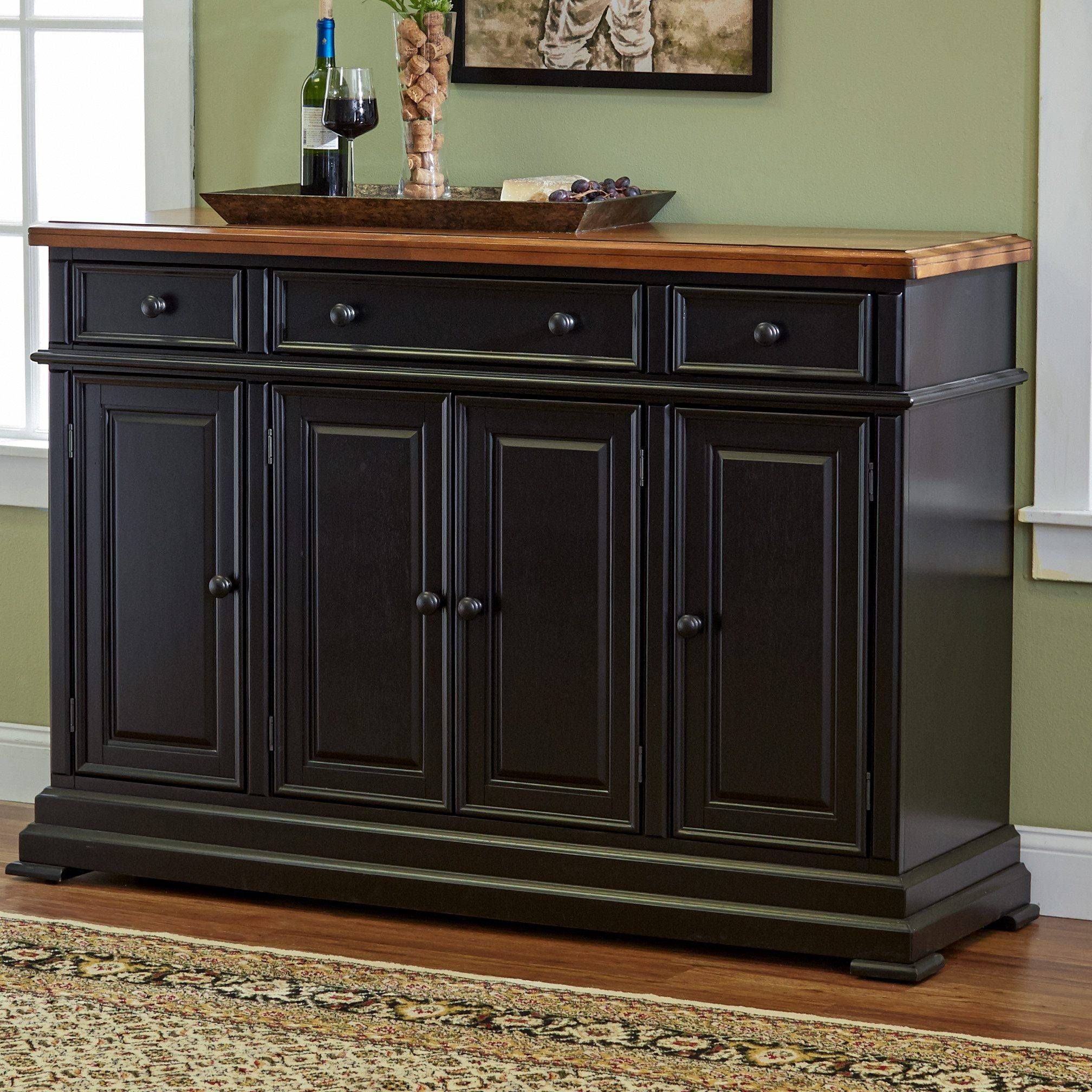Incorporating Black Dining Room Cabinets into Different Room Styles

Black dining room cabinets offer a versatile foundation, capable of anchoring diverse design aesthetics. Their inherent sophistication allows them to seamlessly integrate into minimalist, bohemian, or traditional settings, transforming the space with their dramatic presence. The key lies in carefully selecting complementary colors, textures, and accessories to create a cohesive and visually appealing dining area.
Black Dining Room Cabinets in Contrasting Decor Styles
The versatility of black dining room cabinets shines when paired with contrasting decor styles. Choosing the right style allows you to highlight the cabinet’s unique features while creating a dining space that reflects your personal taste. The following examples demonstrate how different stylistic choices can dramatically alter the overall feel of the room.
- Minimalist Dining Room: This style prioritizes clean lines, functionality, and a neutral color palette. A black cabinet acts as a bold statement piece against a backdrop of white walls, light wood flooring, and simple, modern dining chairs.
- Key elements: White walls, light wood flooring, simple modern dining chairs (perhaps in light gray or beige), minimal accessories, a sleek, rectangular black dining cabinet, possibly with brushed metal hardware.
- Bohemian Dining Room: This eclectic style embraces textures, patterns, and a vibrant color palette. A black cabinet provides a grounding element, contrasting beautifully with richly colored textiles and global-inspired accessories.
- Key elements: Warm-toned walls (think terracotta or ochre), patterned rugs, colorful throw pillows and cushions, woven placemats, macrame wall hangings, a black cabinet with ornate details, perhaps with brass hardware, a mix of vintage and modern dining chairs.
- Traditional Dining Room: This classic style emphasizes elegance, symmetry, and rich materials. A black cabinet adds a touch of modern sophistication to a more traditional setting, creating a balanced and refined look.
- Key elements: Cream or beige walls, hardwood flooring, antique or traditionally styled dining chairs (possibly upholstered in velvet or leather), a black cabinet with detailed molding or carvings, a formal dining table, elegant crystal chandelier, and perhaps a silver serving dish or two.
Lighting Strategies for Black Dining Room Cabinets
Lighting plays a crucial role in showcasing the beauty and functionality of a black dining room cabinet. Strategic lighting can highlight its texture, shape, and enhance the overall ambiance of the dining space. The size and layout of the room will dictate the best lighting approach.
- Small Dining Rooms: In smaller spaces, recessed lighting or strategically placed spotlights can prevent the cabinet from overpowering the room. Avoid overly dramatic lighting fixtures which might make the space feel cramped. A single, well-placed pendant light above the dining table can subtly illuminate the cabinet without being overwhelming.
- Large Dining Rooms: Larger rooms offer more flexibility. A combination of ambient, task, and accent lighting can be used. Recessed lighting provides overall illumination, while a statement chandelier or a series of pendant lights above the table highlights the dining area. Spotlights or track lighting can be directed at the cabinet to accentuate its details. A floor lamp positioned near the cabinet can add warmth and depth.
- Open-Plan Dining Areas: In open-plan spaces, consider how the cabinet’s lighting integrates with the overall room’s illumination. Consistent lighting throughout the area helps to create a cohesive look. Avoid harsh contrasts in lighting levels between the dining area and adjacent spaces.
Impact of Cabinet Size and Proportion
The size and proportions of the black dining room cabinet significantly impact both the aesthetic and functionality of the dining room. Choosing the right size is essential for creating a balanced and practical space.
- Small Dining Rooms: Opt for a smaller, more compact cabinet to avoid overwhelming the space. A narrow, tall cabinet can maximize vertical space and storage without sacrificing floor area. Consider a buffet-style cabinet instead of a large hutch.
- Large Dining Rooms: Larger rooms can accommodate a more substantial cabinet. A large, expansive cabinet can serve as a focal point and provide ample storage. A combination of a large cabinet with a smaller sideboard or additional shelving units can create a balanced arrangement.
- Proportion to Dining Table: The cabinet’s size should be proportionate to the dining table. A large table requires a correspondingly sized cabinet to maintain visual balance. A small table might look disproportionate paired with an overly large cabinet.
